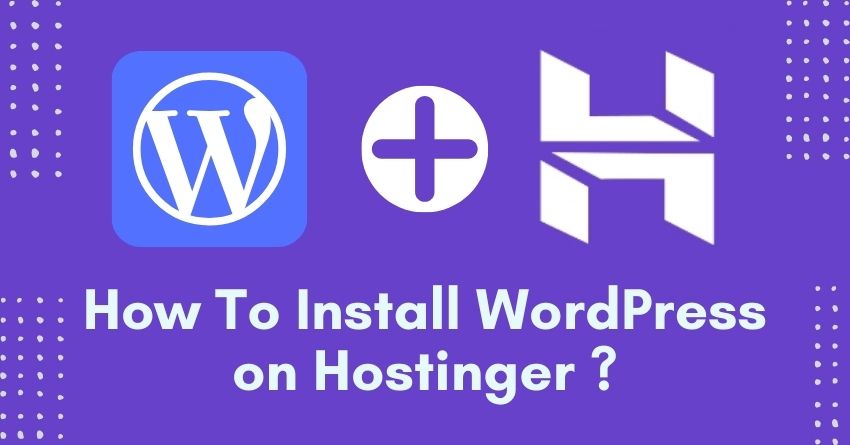
Editor’s note: Brian O’Neill, CMSWire Contributor and former chief client officer for FIS, wrote for CX and other teams in his former organization a series of articles. Each were titled, “The Path … ” with each edition being a new take. For example, he would discuss culture, leadership, ownership, purpose, etc. In his six-plus years in his CX role, he sent out 286 notes with the intention to empower, reinforce and frame his company’s mission by sharing insights to help his team improve its game and increase its level of engagement in what it wanted to accomplish. He revives some of these notes and adds some current perspective in this Fall/Winter 2022 CMSWire series.
Ah yes, change. As promised in The Path . . . To a Growth Mindset, it is time to dig in a bit deeper on change.
My team, and the entire organization, faced massive change going into 2018 as we moved into the matrix. It was critical that we put the impact of change front-and-center at the individual, human level, because people love change . . . I mean . . .
You can keep the change.
I suspect that is a sentiment many have expressed whether it’s been to leave a tip for the wait staff or for your boss when presented with what’s next for the organization.
Why Is Change so Hard?
It begs the question as to why change is so hard particularly given you would not be reading this right now had you not embraced change at some early age and took the steps needed to learn how to read. Talk about change: first crawling, then walking, probably running and eventually reading.
How can something so essential to our survival be met with such disdain?
Perhaps because change is closely associated with loss. You know, “oh, so you want to change something — what am I giving up for that to happen?”
Don’t believe me?
I’ve done this exercise numerous times and the results are always the same . . . in a room filled with friends or colleagues, ask them to turn right or left and then change three things about the person next to them.
Wearing glasses? Take those off.
Wearing your security badge? Removed.
Holding your phone? Place it down.
I’ve yet to see one example where someone added to the equation and put something on to make them change. You know, place a piece of paper on their head. Pick-up the notebooks. Grab all of the pens nearby. Change. Through addition.
Related Article: Change Management Tools: What’s Best?
How Humans Cope With Change
It’s OK. As I’ve shared in other editions of The Path, the human condition is a beautiful thing. It’s not your fault; it is really the collective whole of your experiences that make the link and tie the bond between change and loss.
Let’s face it, the definition of change certainly contributes to our collective angst. Consider that change means (as a verb): replace (something) with something else, especially something of the same kind that is newer or better; substitute one thing for (another).
So, maybe your job is changing, the organization is changing, your boss is changing. The idea that permeates is the loss in the replacement aspect of change, and it tends to impair your willingness to embrace regardless of how great the idea or new direction.
It is so bad, in fact, that research actually shows that we, as humans, view change much in the same way as death and our reactions are quite visceral:
- Stage 1: Shock, numbness and denial
- Stage 2: Fear, anger and depression
- Stage 3: Understanding, acceptance and eventually moving on
Now, as a leader who is about to announce a change, what do you think will happen to your team’s productivity and level of engagement during these three stages? How will this impact your clients? How will this impact your ability to grow?
Related Article: Why the ‘C’ in CMO Stands for Change
How to Thoughtfully Deal With Change
If you’ve been in the land of business for any period of time (read: more than 1 day), then I expect you’ve either been impacted by a change, or, perhaps, asked to lead a change. To be clear, whether your lead it or are impacted by it, you are still experiencing it.
So, what can you do to help avoid the dip, reduce the emotion, and garner support throughout the organization?
Here are some ideas as shared by Jenn Lofgren in her Forbes article entitled, “How to Lead Through Big (And Small) Changes.” Put simply, communicate, communicate, and then communicate again, but keep these three important questions in mind as you frame your messaging:
- What? What is the change in the simplest terms? This is something that you may need to reiterate as you move through the change process.
- So what? What does it mean for me?
- Now what? What can I expect will happen next?
There you go, it’s just that easy. Said, no one. Ever.
Leading change can be the biggest challenge in your career, but it can also be the most rewarding based on how you decide to approach it. More importantly, success comes from inclusion.
The questions posed by Jenn are helpful, but I’d add that if you want to really drive significant change while reducing impact, do it with the team that will be affected.
Wait. What?
Since we’ve already covered ownership in a previous edition of The Path, this is a great chance to exercise that idea as part of the change process. Instead of your team feeling as though “you’ve done something to them,” why not include them in the change, while allowing them to provide direction and steer how it will be communicated?
Sound risky?
Remember, change is hard and is openly resisted. Further, it is far easier to be critical than it is to be creative. So, knock down those barriers at the outset and drive your change through ownership. I’ve written this before, but it is worth repeating, treat your team like adults and watch what happens.
Enjoy the journey!






